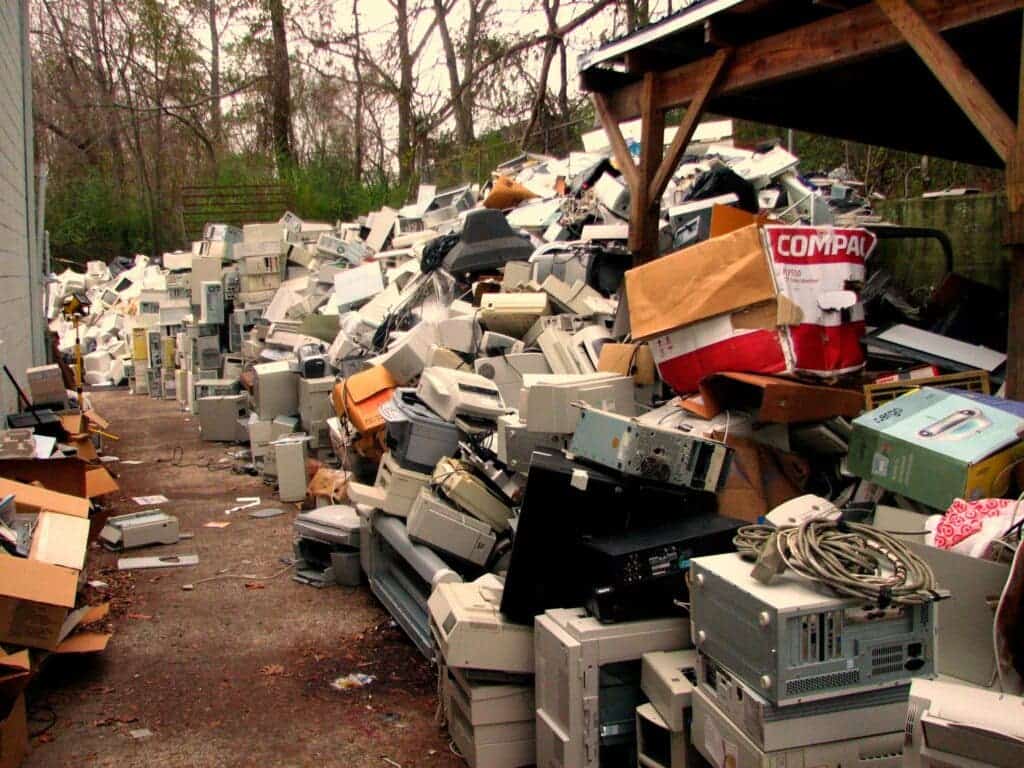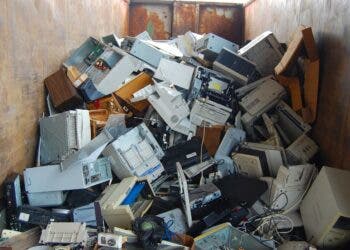It’s time to give that old TV or refrigerator a second opportunity, at least that’s what officials in the European Union (EU) believe. The bloc has introduced a new rule through which companies that sell some consumer electronic goods will need to ensure that those appliances can be repaired for up to 10 years – seeking to reduce the large amount of electronic waste that’s produced every year.

The move is part of the EU’s Circular Economy Action Plan, with the objective of reducing the consumption footprint and doubling the circular material use rate. Instead of products that break down fast and can’t be reused, repaired, or recycled, green products will be the new norm across the member countries of the bloc.
“This is a really big step in the right direction” Daniel Affelt of the environmental group BUND-Berlin, which runs several “repair cafes” that helps people with repairs, told AP. “People want to repair their appliances. When you tell them that there are no spare parts for a device that’s only a couple of years old then they are obviously really frustrated by that.”
Under the new rules, manufacturers in the EU will have to make sure that the parts are available for up to ten years.
Some will only be given to professional repair companies so to ensure the parts are installed correctly. At the same time, new devices will have to include repair manuals and be made in a way that they can be dismantled with conventional tools.
Still, this only applies to washing machines, hairdryers, refrigerators, and TVs. Campaigners want the EU to also consider covering smartphones, laptops, and other consumer electronics. France is already a step ahead, as earlier this year it required manufacturers to include “repairability scores” for electronic goods that indicate how easily a device can be repaired.
While these new rules are an important step as the first-ever regulations on repair for electronic and electrical devices, they do not mean that we have the right to repair in Europe yet,” Chloé Mikolajczak, a campaigner for Right to Repair Europe, told TechRepublic. She said the rules are good on paper but include loopholes, such as requiring spare parts to be supplied within 15 days.
Environmentalists have long accused manufacturers of designing devices with planned obsolescence, which also acts as a reflection of our consumer culture: we make a lot of products with no intention of them lasting. The circular economy seeks to address this, based on the idea that there should be less waste and products should be designed to last — and should be optimized for a cycle of disassembly and reuse that will make it easier to renew them.
The right to repair would tackle the growing amount of electronic waste generated every year across Europe substantially. Each person is estimated to generate more than 16 kilograms of e-waste every year and about half of it is due to broken household appliances. The EU only recycles about 40% of it and the rest is unsorted, leaving behind large amounts of potentially hazardous, polluting materials.
Outside the EU, other countries are also moving ahead with right-to-repair bills. In the US, for example, several state legislatures have introduced them over the last few years, attracting bipartisan support. California was the most recent case. Still, there’s no nationwide measure in force in the US, which could help move the circular economy even faster.






